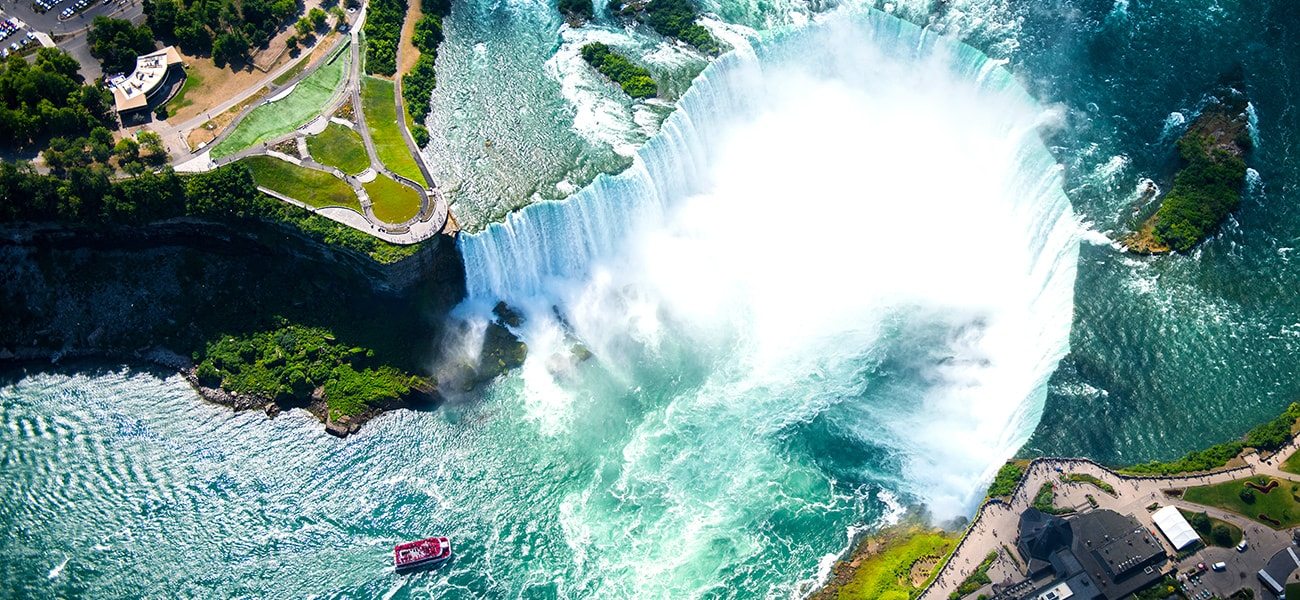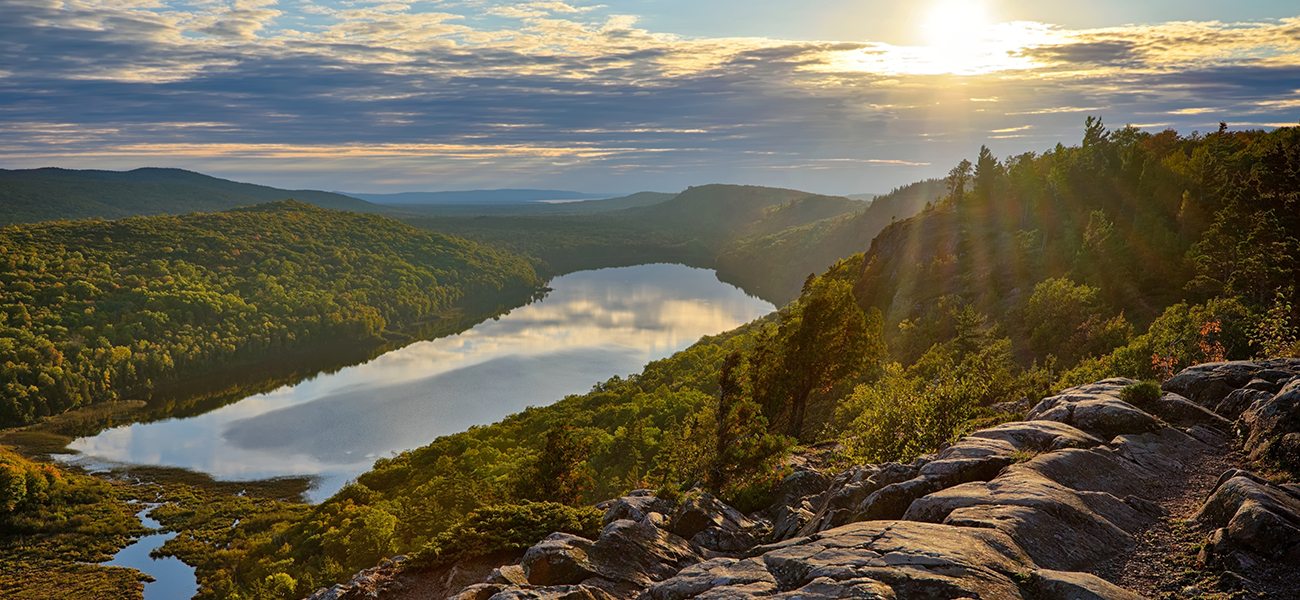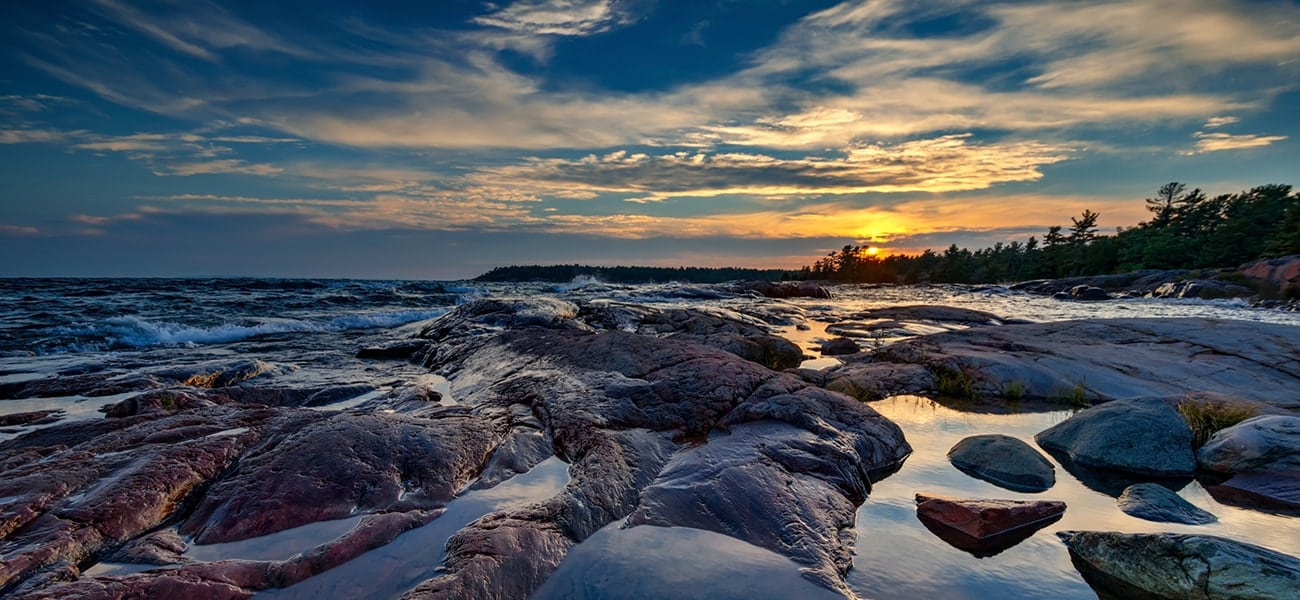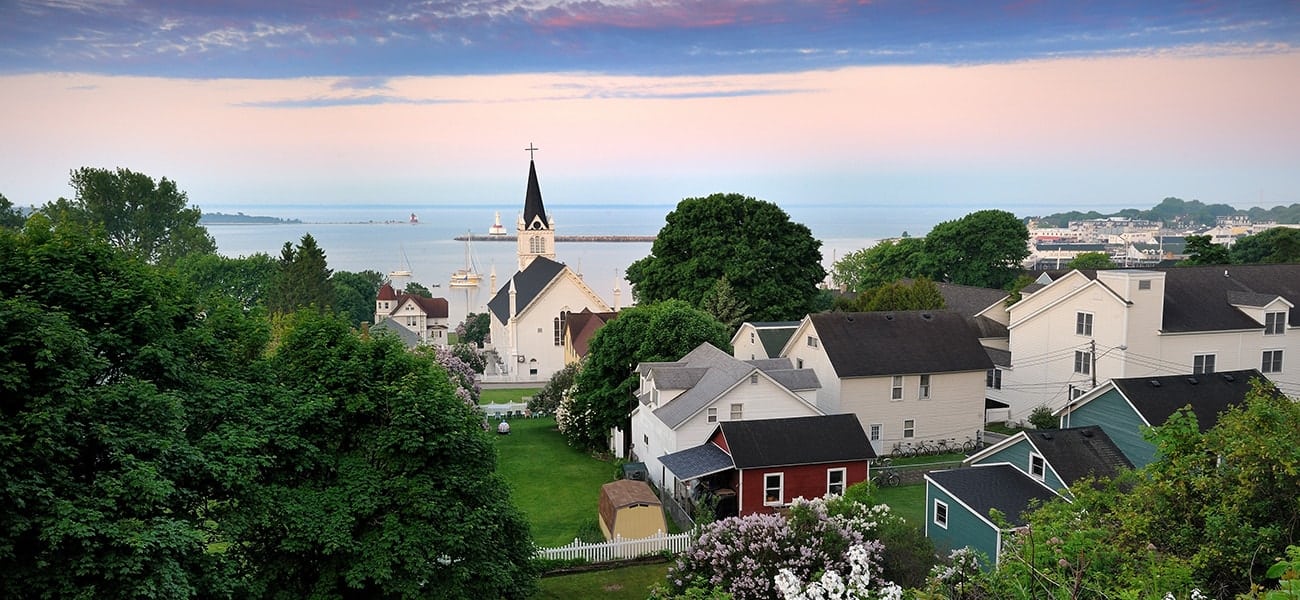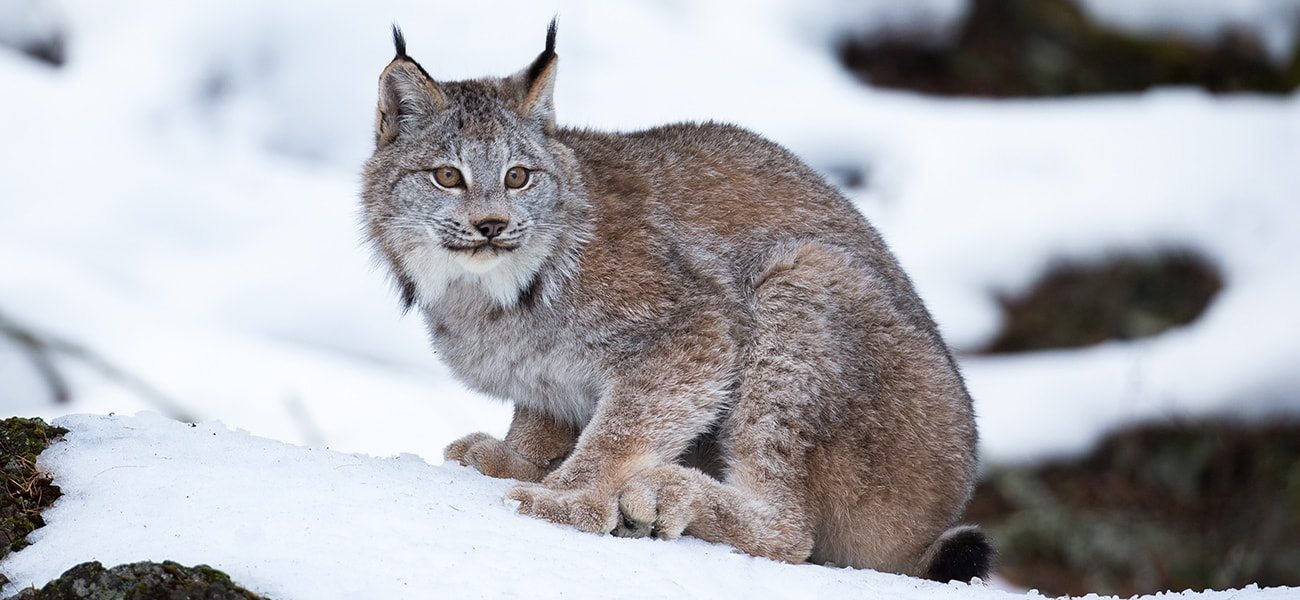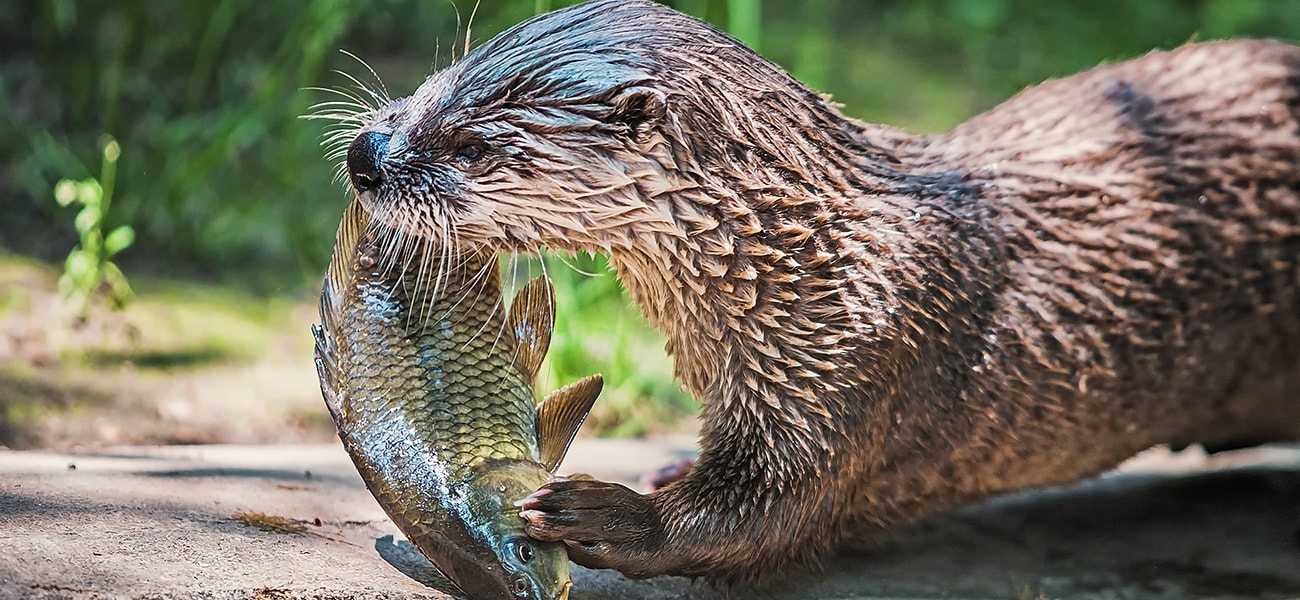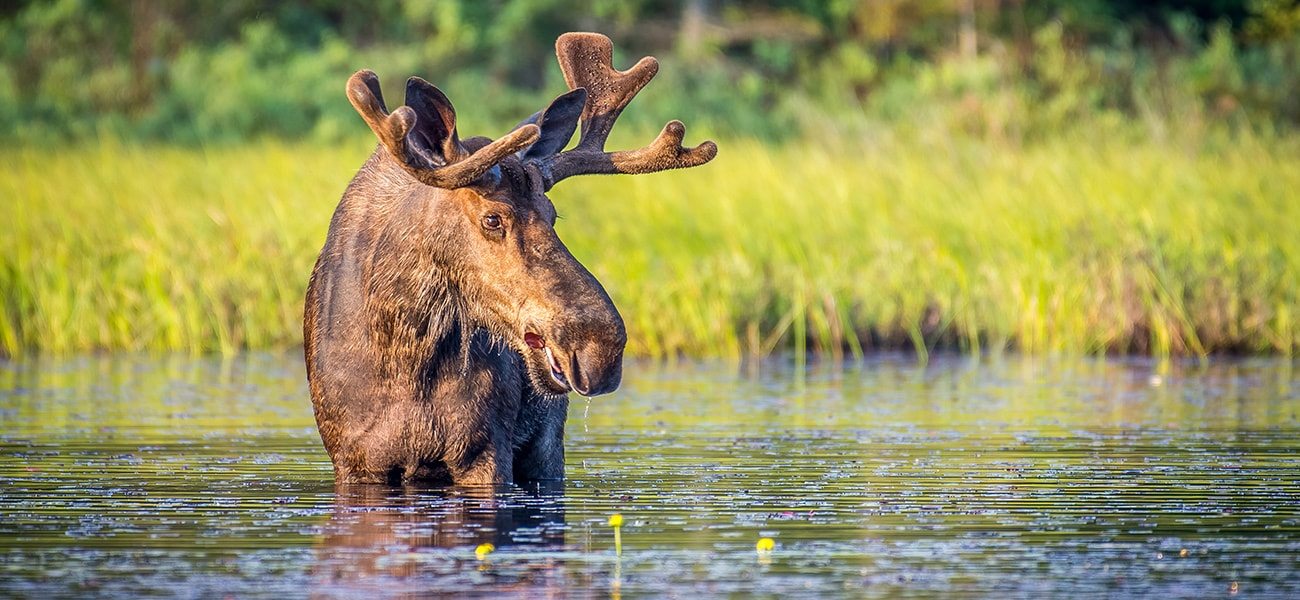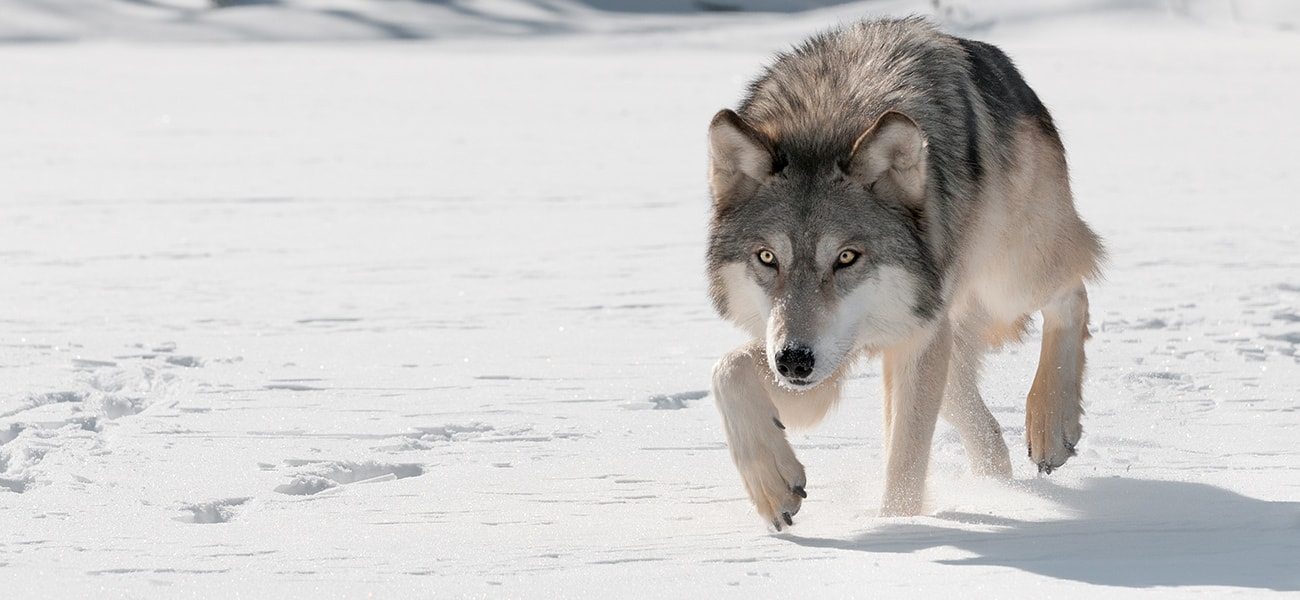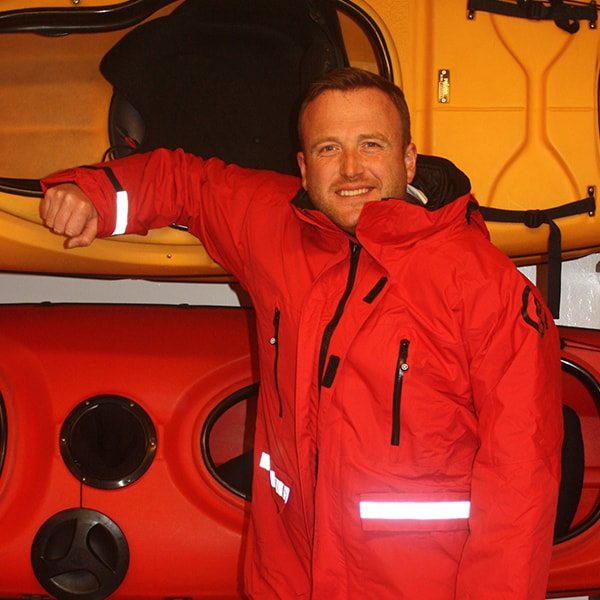The Great Lakes
About
The Great Lakes is the largest group of freshwater lakes in the world. Comprised of Lake Superior, Huron, Ontario, Erie and Michigan, the five Great Lakes are surrounded by a total of 10,000 miles of shoreline and contain more than a fifth of the world’s fresh water surface. They span eight US states, as well as Ontario in Canada, and boast a fascinating maritime history that is best explored by ship.
Travel Guide
WHEN TO GO
As The Great Lakes cover such a vast area, temperatures can be extreme. Winter can be as low as -30° with heavy snow storms and Summer soaring to highs of +30°. The perfect time to visit would be in the Autumn with pleasant temperatures during the day and cool evenings.
WHAT TO SEE
NIAGARA FALLS
Niagara Falls is comprised of three waterfalls; Horseshoe, American and Bridal Veil Falls. Together, they span the US and Canadian border and contribute 6 million cubic feet of falling water every minute. A frequent feature on many of our client’s bucket-list, a trip on a Hornblower cruise into the heart of the falls promises to be a once-in-a-lifetime experience.
Porcupine Mountains
The Porcupine Mountains – or the ‘Porkies’, as they are often known – are a group of mountains situated close to the shore of Lake Superior. Once an important copper mining site in the 19th century, The Porcupine Mountains provide the perfect setting for a spot of hiking, especially should venture to the Lake of Clouds, which is home to a large population of black bears.
Georgian Bay
Situated in on Lake Huron in Ontario, Canada, Georgian Bay is sometimes referred to as the ‘Sixth Great Lake’. One of the most beautiful rural locations in the world, the Georgian Bay is noted for it’s rich maritime history as well as being a great place for water-sports such as kayaking and canoeing.
Mackinac Island
Unique, and with a remarkable Victorian ambience, a trip to Mackinac Island is highly recommended should you be visiting the Great Lakes. Situated on the narrow passageway that joins Lake Huron to Lake Michigan, Mackinac has a strict ‘no cars’ policy which means the main methods of transport are either a horse-drawn cart or bicycle. Mackinac Island was of extreme strategic importance during the War of 1812, which you can learn more about by visiting the island’s fort.
Wildlife
THE GREAT LAKES WILDLIFE HIGHLIGHTS
Visiting The Great Lakes gives you the opportunity to spot several endangered species up close and in their natural habitat, including the Canadian Lynx, Grey Wolf, Moose and North American River Otter. The area is also an important stop for migrating birds providing resting, breeding and feeding grounds for the Bald Eagle, Northern Harrier and the endangered Kirtland’s Warbler amongst others making it the perfect place for budding ornithologist.


